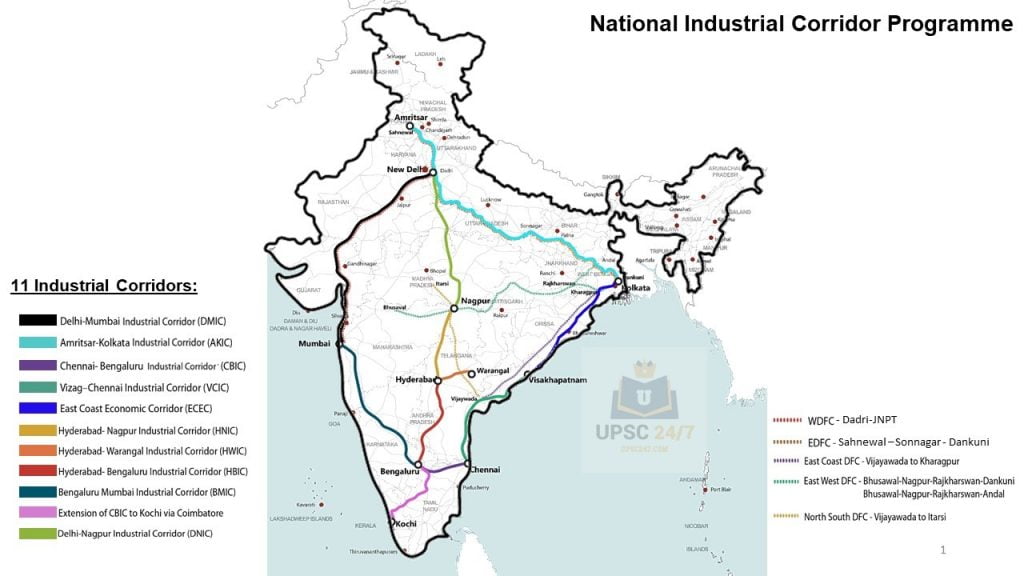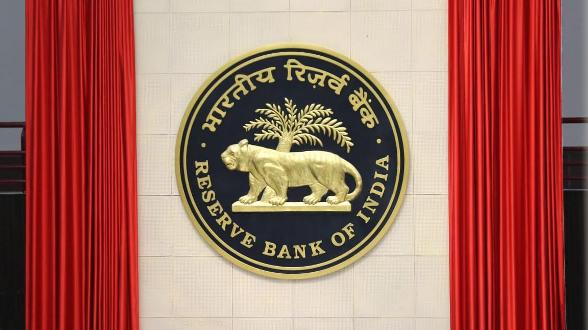National Industrial Corridor Programme (NICP) | UPSC | Why In The News ?
11 Industrial Corridors with 32 Projects to be developed in 4 phases in the country as part of National Industrial Corridor Programme (NICP).
About the National Industrial Corridor Programme (NICP):
- The NICP has been conceived to promote world class manufacturing facilities and develop futuristic industrial cities in India.
- It is under the Department for Promotion of Industry and Internal Trade (DPIIT).
- The broad objective of NICP is to provide plug and play infrastructural facilities for setting up large scale manufacturing units.
- The National Industrial Corridor Development and Implementation Trust (NICDIT) under the DPIIT is the overarching institutional framework to implement the programme.
- Under the programme, land parcels are developed for immediate allotment to manufacturing units.
- The programme aims to develop new industrial cities as “Smart Cities” and converge next generation technologies across infrastructure sectors.

The 11 Industrial Corridors being developed are:
- Delhi Mumbai Industrial Corridor (DMIC)
- Chennai Bengaluru Industrial Corridor (CBIC)
- Amritsar Kolkata Industrial Corridor (AKIC)
- East Coast Industrial Corridor (ECIC) with Vizag Chennai Industrial Corridor (VCIC) as Phase 1
- Bengaluru Mumbai Industrial Corridor (BMIC)
- Extension of CBIC to Kochi via Coimbatore
- Hyderabad Nagpur Industrial Corridor (HNIC)
- Hyderabad Warangal Industrial Corridor (HWIC)
- Hyderabad Bengaluru Industrial Corridor (HBIC)
- Odisha Economic Corridor (OEC)
- Delhi Nagpur Industrial Corridor (DNIC)
Sabki Yojna Sabka Vikas | UPSC | Explained
Need for such a programme:
- Industrial corridors are conceived to foster global manufacturing, investment destination hubs and smart cities with the best in-class infrastructure.
- They have the potential to unleash the manufacturing potential in the country and raise its contribution to GDP by creating quality infrastructure ahead of demand.






